Air Quality Should Be Part Of Your Geoarbitrage Strategy
If you haven’t heard there have been widespread wildfires in Canada this year and recently the U.S. was heavily impacted. Smoke from fires in Ontario drifted down into the United States and blanketed large portions of the East Coast.
Washington D.C. recorded it’s worst air quality on record on Thursday June 8th and even hit the Code Purple and Maroon categories, the two highest levels on the Air Quality Index (AQI) scale.
I do almost all of my workouts outside, I’m the proverbial “outdoor type”, a nature boy. For four days our air smelled like smoke, and it wasn’t a great idea to exercise heavily outside. I did a few runs and rides during this time but took it easy.
I’ve been to many third world cities and to be honest during this period our air smelled very similar to Kathmandu or San Salvador. Those poor folks live with that reality every day, and it shortens their lives.
In America air quality varies widely, and of course wildfires impact certain regions heavily. If you plan to use geoarbitrage in your financial independence strategy or just move somewhere else when you retire, these resources can help you consider air quality in your decision.
Let’s Get Mappy
During the first 4 days that we had heavy particulates from the Canadian fires, the AirNow site was making it’s rounds on the web. It features a nice colorful map of the U.S. with various kinds of air quality readings. It has:
- Current particle pollution air quality information for your location
- Fire locations and smoke plumes
- Smoke Forecast Outlooks, where available
- Recommendations for actions to take to protect yourself from smoke. These recommendations were developed by EPA scientists who are experts in air quality and health.
The map is a collaborative effort between the U.S. Forest Service-led Interagency Wildland Fire Air Quality Response Program and the U.S. Environmental Protection Agency (EPA). Here’s a snapshot:
AQI (air quality index) readings go from greens to reds (good to bad) and you can click on a dot to get the actual readings. The map is pretty intuitive and easy to use.
If your geoarbitrage strategy includes the whole globe and you want an air quality map for the world, I’ve got you covered too. Check out the World’s Air Polllution interactive map. Here’s a snapshot:
The American Lung Association has a simple nifty “State of the Air” site that includes a basic map. More importantly if you’re a city person and plan to georarbitrage to a major urban center they list out the most polluted and least polluted cities by ozone levels, year round particle pollution, and short term particle pollution.
I won’t give away the lists of worst and best, but let’s just say California does not fare well.
You Can’t Shout ‘Fire’ In A Crowded Forest
Forest fires are one of the most common causes of poor air quality in America, as folks out West know well. Though us here in the East just got a nasty taste of that. If you want to check the status of fires in the U.S. and Canada, you can start with the FIRMS U.S./Canada Map.
FIRMS stands for “Fire Information for Resource Management System”. The government loves its acronyms and as a career gubment employee I’m betting a few bureaucrats got promoted for creating that one. The site is run jointly by NASA and the U.S. Forest Service and looks like this:
Like many government mapping sites, the FIRMS map is the victim of “add more functions!!” disease. I won’t even attempt to go into all the stuff you can click on and do, but play around with it and you’ll see it isn’t too hard to get basic information about fires and hotspots.
The FIRMS map includes Canada but there is another map for Canada alone and it was brought to my attention by a reader (thanks Veronica!). Natural Resources Canada has this mapping site to show current wildfire activity, of which there is quite a lot right now. The site has lots of other data available so play around with it.
There are quite a few other air pollution and wildfire maps out there but I found the ones listed above the easiest to use and most intuitive. And as with all online interactive maps they are best used on a full desktop computer or laptop and may be clunky and unusable on your phone.
After I wrote this post, the smoke from the Canadian wildfires returned for another visit on June 28-29 to the D.C. region. It wasn’t as bad the second time around but it was still pretty nasty.
Geoarbitrage
So there you have it financial warriors, some slick mapping tools and sites to help you check the air quality of places in the U.S. and the world. If you are looking to geoarbitrage your way to financial independence and relocate, I think we could all agree that air quality matters. I wouldn’t want to live in a city with constant thick smog or even a beautiful rural area that is overrun by wildfire smoke every fire season.
I do lots of posts like this that show various aspects of money and finance from a location perspective. So you’re considering Geoarbitrage in the United States be sure to check out my Geoarbitrage Resources Page which has tons of great tools to help you find your perfect location.
I hope you find these resources handy and I will continue to expose valuable tools that can help when deciding on a geoarbitrage strategy.
Happy 4th of July!















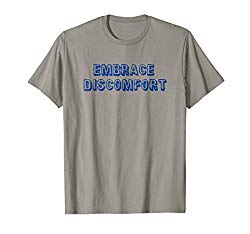

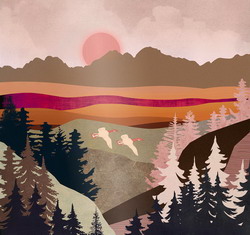




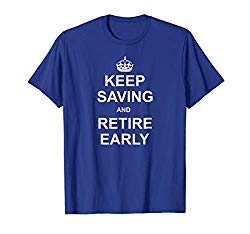

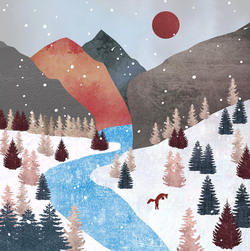




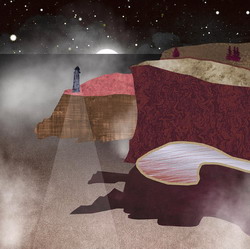


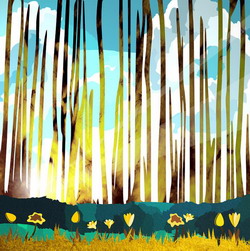
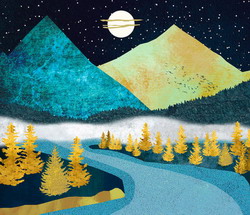
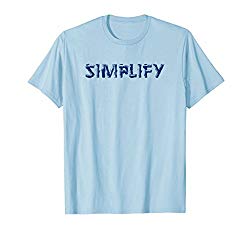





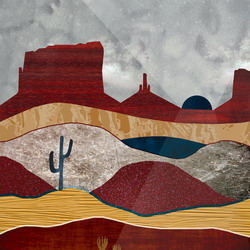
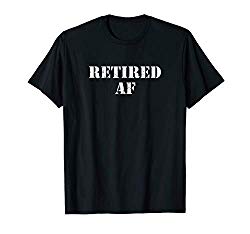











I’ve been planning on heading south for a while, but the poor air quality last week really solidified my decision! I’m in the southeast and it hit us pretty hard last Wednesday and Thursday. The air actually smelled like smoke and I kept coughing. My throat was SO irritated. I’m just thankful it wasn’t as bad down here as it was in your neck of the woods… I hope you’re doing well!
The two worst days we had didn’t irritate my throat as much as my eyes, and that’s probably because I wear contacts. I just hope the wildfires up north subside or are contained and this doesn’t come back. And THANKS for commenting, I was worried that I was gonna have my first post ever with zero comments. Publishing in the 4th of July isn’t the smartest but oh well.
we only had a few very smoky days here in buffalo. one thing i was pondering: you can i know the adirondack park is heavily forested and can be very thick. the adk doesn’t seem to have many severe fires going all the way back 50 years to my childhood that i can remember. i think they do forestry somehow better in that area but it’s a conversation the people out west seem unwilling to consider.
Very good point dude. As you know the east coast is so darn humid and wet it’s pretty rare for us to have forest fires, although there were some small ones in SW Virginia this spring. But unlike out west they usually don’t spread fast since there’s so much moisture in the undergrowth and a rainy day is never far away. But I do now wonder if they just do a better job of managing the Daks now that you brought it up.
Surprisingly Tennessee had excellent air quality when I lived there during the pandemic, not sure how but it was better than CO and CA. Fingers crossed this summer our wildfire season is muted.
Good luck dude, no one wants to see a lot of wildfires. The beetle-kill trees in CO are really dangerous though
This is great, the sort of tool it would never have occurred to me to look for if you had not pointed it out. Is the anything similar for mosquitos? Finding the mosquito-free zones would be on my list of geoarbitrage factors.
Mapping mosquitos would be near impossible because they cannot be measured like air particulates can. This site shows mosquito habitat which could be used as a good proxy though. Thanks for commenting!
The air quality is one nice thing about Portland. We have good air quality unless there is a big forest fire near the city. We get those big fires every few years or so.
I plan to live in Thailand more after our son goes off to college. Northern Thailand is good 9 months of the year. It’s bad from February to April, though. The poor farmers in the region burn their fields. I think it’s mostly from Myanmar and Laos these days. That’s too bad. But it should be fine for me. I’ll live there part time anyway.
I’ve been to a lot of developing countries and the poor air quality is usually exactly that, either farmers burning fields or everyone having to burn wood and trash for heat or cooking. Let’s hope technology can continue to move them away from that